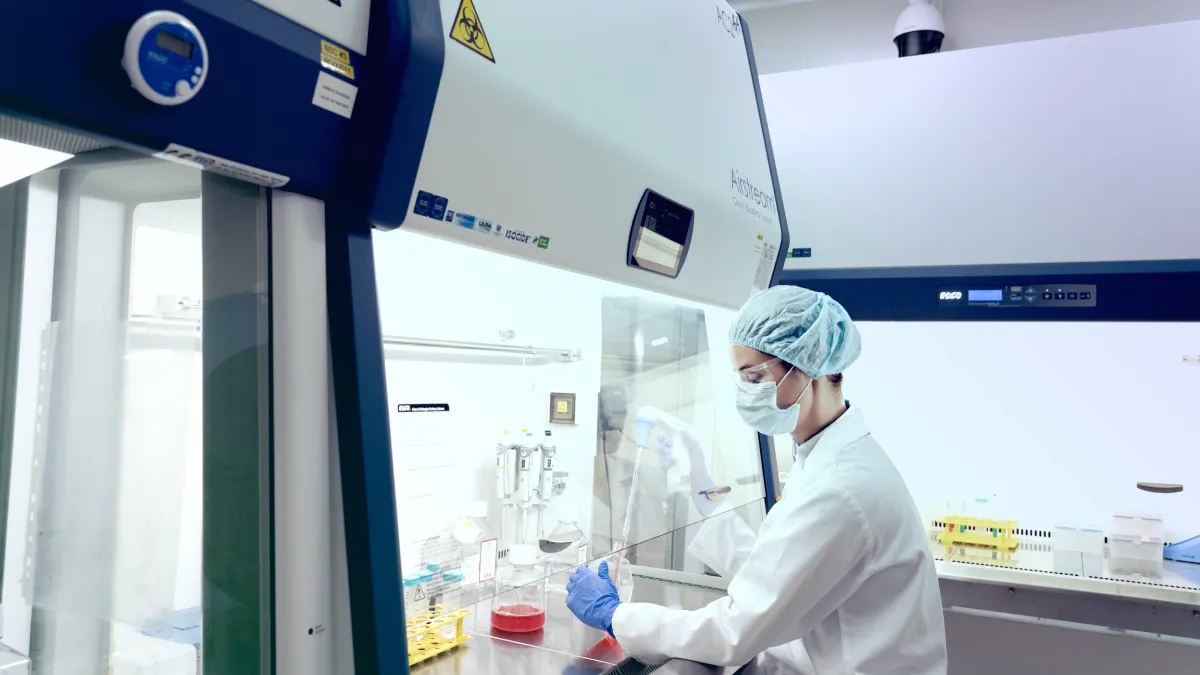The American Association of Veterinary Laboratory Diagnosticians (AAVLD) and the United States Animal Health Association (USAHA) held their 59th and 120th annual meetings, respectively, at Sheraton Greensboro, North Carolina last October 13-19, 2016. The meeting was well attended by both members and non-members of both associations. AAVLD has more than 1,000 members involved in laboratory animal diagnostics from over 32 countries. On the other hand, USAHA membership is comprised of State Animal Health Officials, members of Federal Agencies including United States Department of Agriculture (USDA), Animal Plant Health Inspection Services (APHIS), Veterinary Services (VS), members of National Allied Organizations related to Animal Health, and members of various international health agencies.
The meeting included various track sessions intended solely for either USAHA or AAVLD members and as well as joint sessions for members of both organizations. The meeting included plenary sessions, committee meetings, exhibits, president’s dinner, foundation auction/raffle, and scientific sessions on a wide array of topics including toxicology and virology.

At the meeting, VacciXcell introduced the Tide Motion Bioreactor systems to the Veterinary Health scene in North America by exhibiting the CelCradleTM and TideCell® systems. Attendees took great interest in the high cell productivity of the tide motion system while requiring minimal labor and space as compared to traditional systems such as T-flasks and roller bottles. Moreover, the tidemotion system is linearly scalable from research and development to pilot/production scale and has options to become a multiple-use or single-use system or even have both multiple and single-use components.
Animal vaccination is ideal in preventing the spread of diseases between animals, which can lead to surmountable economic losses, and zoonotic diseases such HFMD and Mers-Cov, which can lead to epidemics and deaths in humans. However, production of animal vaccines is not put forward as the revenues for animal vaccines often cannot cover the large costs of their research and development and production. This is where VacciXcell comes in. The tidemotion system is an ideal system for animal vaccine production, as the system can produce high virus titer at very minimal costs of upstream processing, downstream processing, and technology transfer from R&D to production.
Members and even exhibitors took home new information and were able to update their technical knowledge in the Animal Health scene after the meetings. VacciXcell commends both the organizers and members for the success of the 59th AAVLD and 120th USAHA Annual Meetings.
Sign up to our newsletter and receive the latest news and updates about our products!
